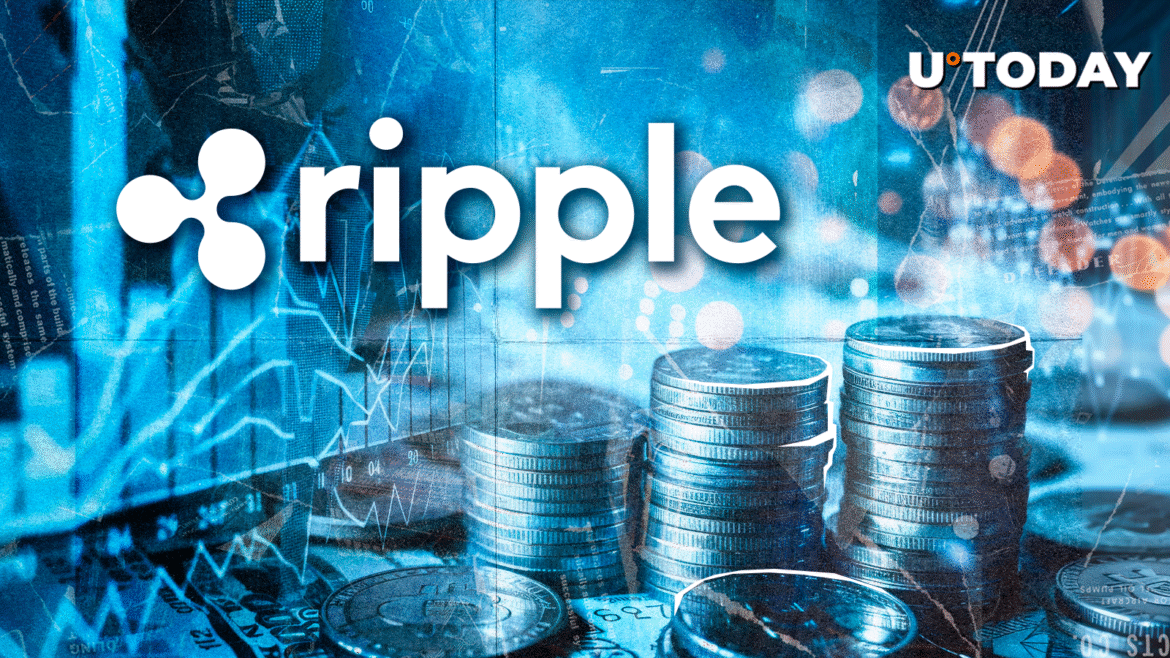The crypto market is going up today, Aug. 27, as investors wait for the upcoming Nvidia earnings and after Federal Reserve’s John Williams sounded optimistic about interest rate cuts.
Summary
- The crypto market is going up today, with the market capitalization soaring to $3.87 trillion.
- The jump was in anticipation of the upcoming NVIDIA earnings.
- Federal Reserve’s John Williams hinted of a potential interest rate cut.
Bitcoin (BTC) jumped to $111,140, while Ethereum (ETH) soared to $4,600. Some of the top gainers were altcoins like Hyperliquid, Livepeer, and Numeraire.
Crypto market going up ahead of Nvidia earnings
One potential reason why the crypto market is rallying is the upcoming Nvidia earnings. Its numbers matter because it is the biggest company in the world and the biggest player in the artificial intelligence industry.
Historically, Nvidia earnings have had implications for the stock and crypto markets. Strong numbers and guidance will lead to a risk-on sentiment and push these assets higher.
On the other hand, a weak report could drag shares lower overnight and into the market open on Thursday.
Analysts anticipate the company’s revenue to come in at $48 billion, a 52% jump from last year.
Hopes of Federal Reserve interest rate cuts rise
The crypto market is going up as investors remain optimistic that the Federal Reserve will cut interest rate on Sep. 17. Jerome Powell hinted about that in his speech at the Jackson Hole Symposium on Friday.
John Williams, New York Fed President, also hinted that the bank may cut. He said that he expects the next meeting to be “live” amid balanced risks. By balanced risks, he was referring to recent data showing that inflation and the jobless rate were rising.
Soaring open interest and falling liquidations
The crypto market is also going up amid rising activity in the derivatives market. CoinGlass data shows that the futures open interest rose by 2% to $207 billion.
Bitcoin’s open interest jumped to $82 billion, while Ethereum’s rose for three consecutive days, reaching a high of $64 billion. Other top cryptocurrencies like Solana, XRP, and Dogecoin also experienced higher open interest, a sign of rising demand.
At the same time, liquidations dropped by 72% to $200 million. Falling liquidations mean that exchanges are not forcefully closing positions, triggering more selling pressure.
Potential dead cat bounce
It is still too early to predict whether this surge will last, as recent surges have been short-lived.
As such, there is a risk that the ongoing crypto market rally could be a dead cat bounce. A DCB is a situation in which an asset in a downtrend stages a temporary rebound and then falls again. A good example of this is when cryptocurrencies rallied on Friday after Powell’s speech and then resumed their free fall during the weekend.










